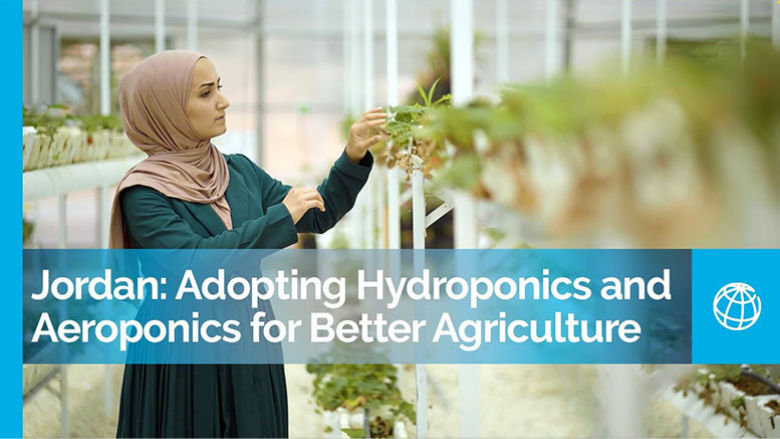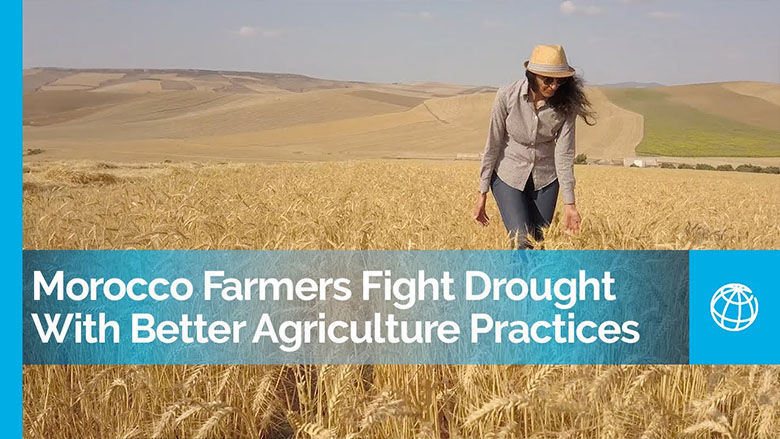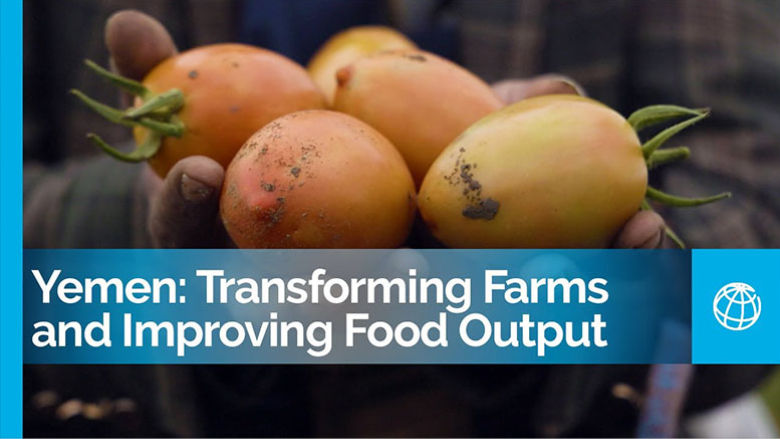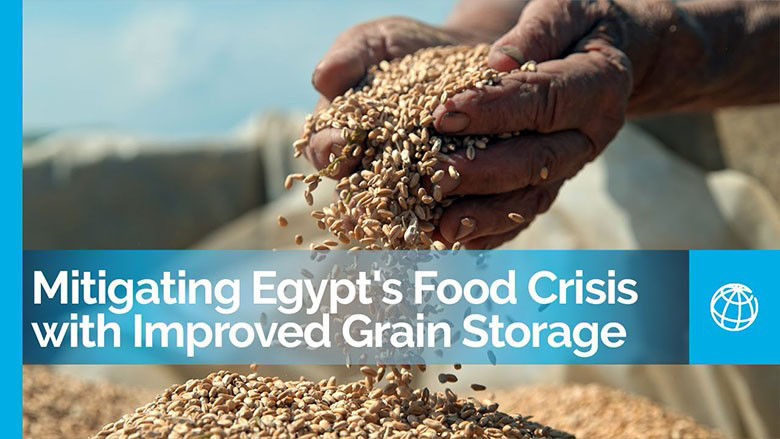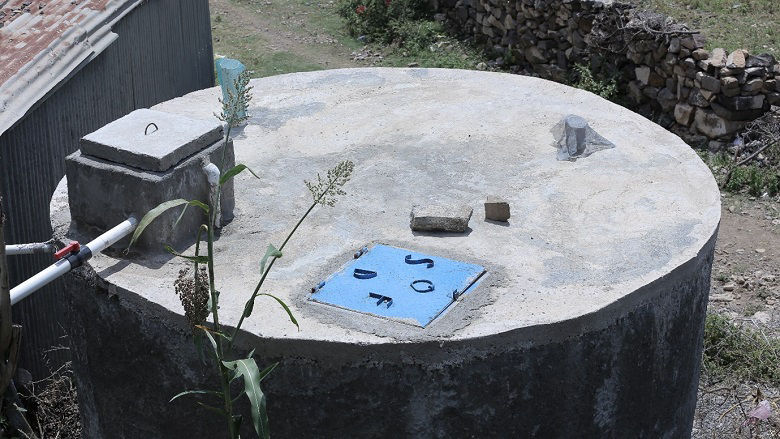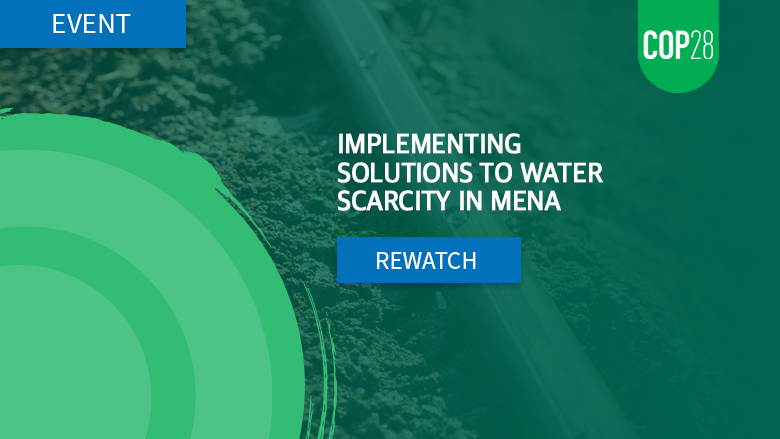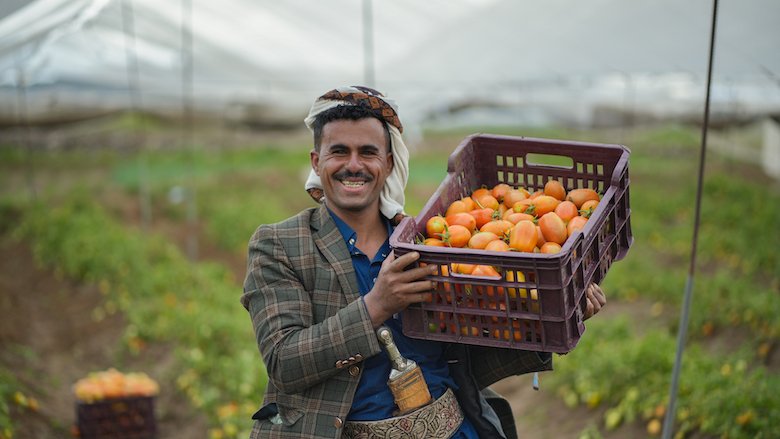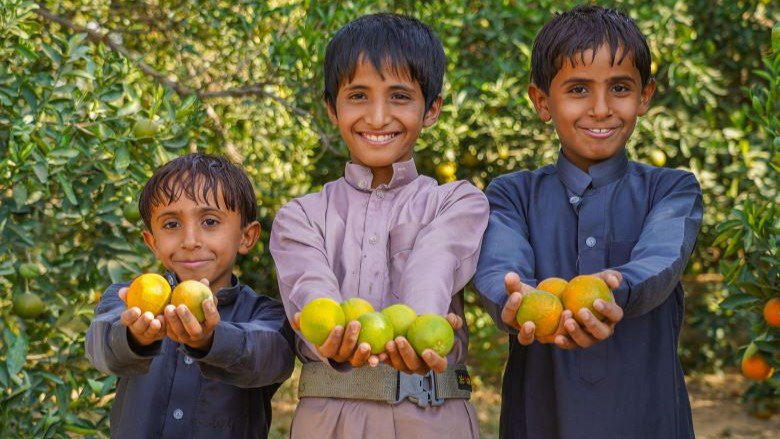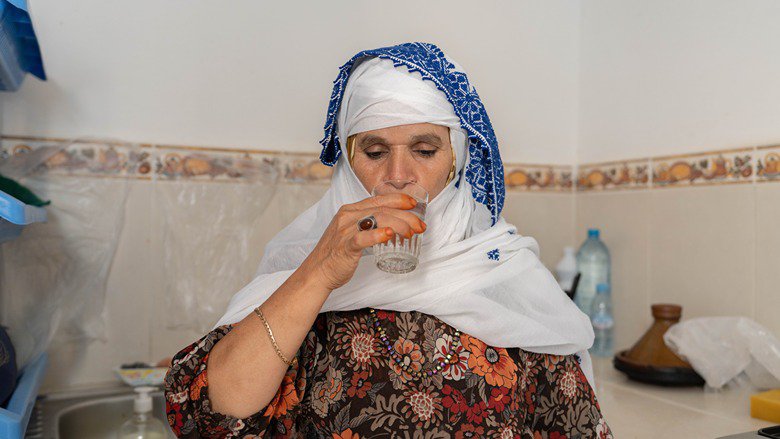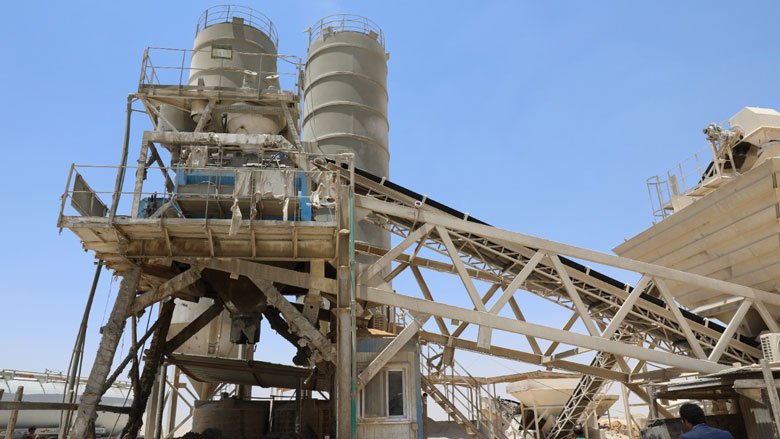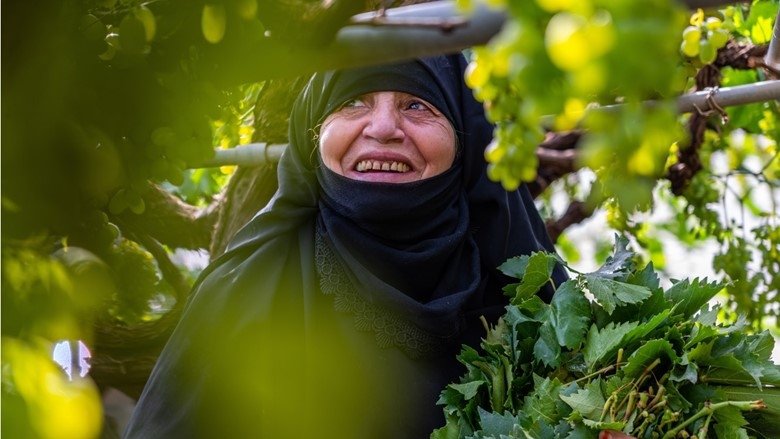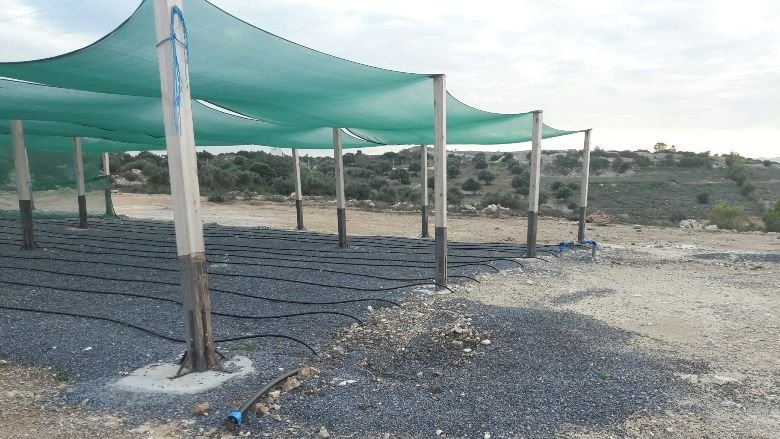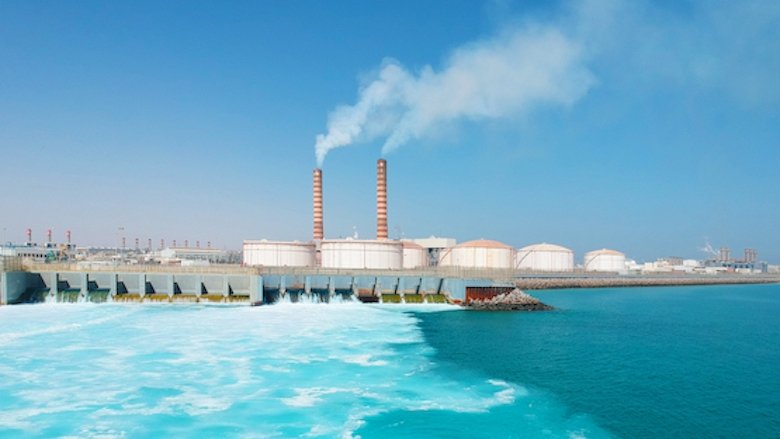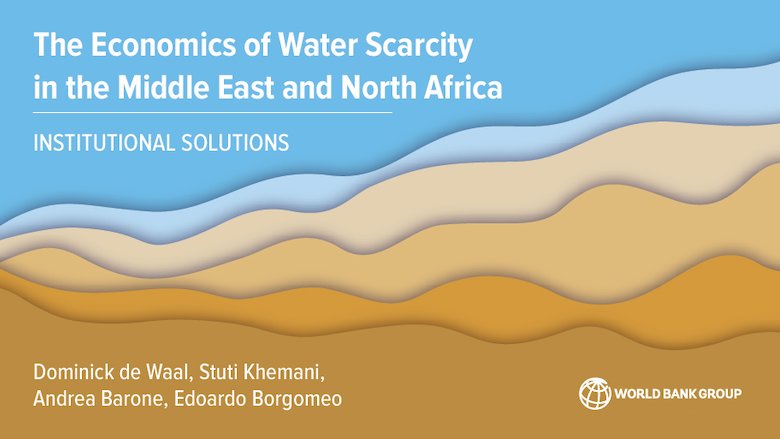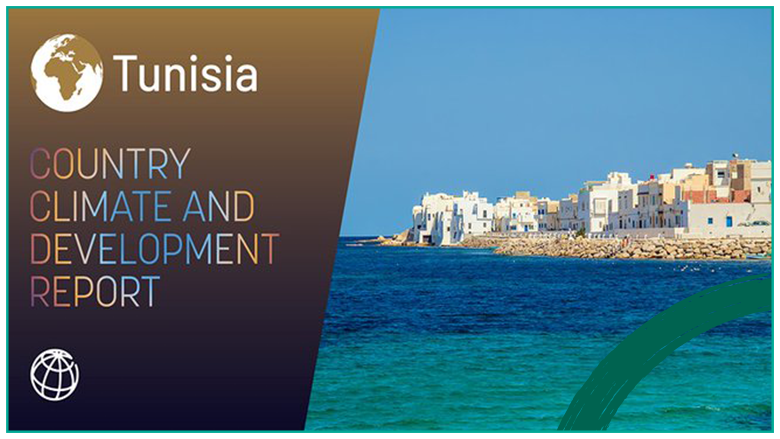The Middle East and North Africa (MENA) region is one of the world’s most vulnerable to the impacts of climate change, enduring ever higher temperatures, rising seas, droughts, floods, intense water scarcity and polluted air. Only by addressing these climate challenges can communities lead healthier and more productive lives.
With these challenges in mind, the World Bank has integrated climate into all its work across the MENA region and is on track to align 100 percent of new operations with the goals of the Paris Agreement. The World Bank’s MENA Climate Change Roadmap, which runs from 2021-2025, focuses on four key transformation areas: food systems, water security and resilient natural capital; energy transition and low-carbon mobility; carbon-smart cities and resilient coastal economies; and sustainable finance.
In the last three years (FY21-23) alone, the World Bank has delivered US$6.3 billion in climate financing for MENA and is on track to achieve a target of US$10 billion for FY2021-2025. This funding is divided between investments that focus on climate mitigation (reducing net emissions) and projects that build climate resilience and adaptation, helping countries to prepare and respond to future natural disasters.
Despite this strong World Bank support, MENA is the smallest recipient of climate change finance worldwide and existing vulnerabilities and ongoing conflict have put additional strain on the resources of many countries. MENA countries will need to build on climate action progress of recent years and focus on long term reforms and prioritize resilient and low carbon investments to protect against climate impacts and reduce poverty on a livable planet.




